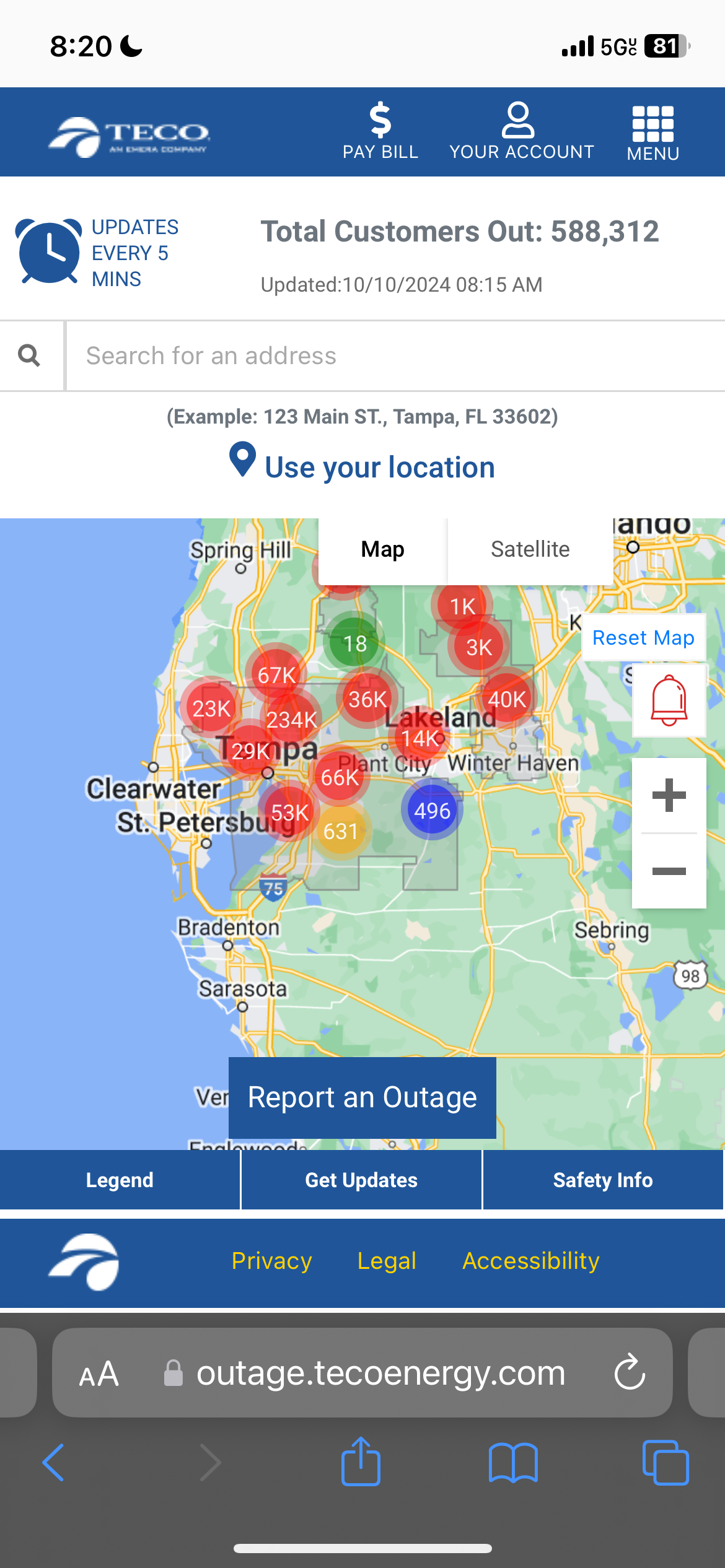
We know that transportation electrification will help the environment. What we haven’t heard much about is the positive influence that electric vehicles (EVs) will have on the US economy. New research indicates that EVs are going to be really, really good for the US economy — for a variety of reasons.
An exposé by Elaine Buckberg, a Stanford University Fellow, lays out a very compelling scenario for the interaction between EVs and the US economy. “The promise of electric vehicles is twofold,” according to Buckberg, “reducing both environmental and economic risk” and leading to “a win-win” situation for the US.
The transition to EVs is projected to have such a positive effect due to:
- reducing the US economy’s vulnerability to oil-related geopolitical risk and oil price shocks, and
- improving battery and charging technology, so that batteries are being manufactured with less energy, have greater charging capacity, and will be more able to be recycled.
Together, those factors will make the US economy increasingly more robust. Go, EVs!

A History of US Oil Dependence & Vulnerability
US dependence on oil has long influenced its foreign policy. By 1997 and the US refusal to sign the Kyoto Protocol, a third of human-made emissions resulted from petroleum. Yet the US policy on oil consumption remained focused on energy security and air quality. A string of oil mergers among the world’s largest private oil companies followed. In 2005, the US Congress passed the Energy Policy Act, which provided billions of dollars in federal subsidies to the oil industry.
In 2022, the United States imported about 8.32 million barrels per day of petroleum from 80 countries. Even though President Joe Biden promised to take aggressive action on the climate crisis, rejoined the Paris Agreement, pledged to cut US emissions by at least 50% of 2005 levels by 2030, and promised to achieve net-zero emissions by 2050, Russia’s invasion of Ukraine thrust global oil markets into turmoil, and the US was not exempt from the strain.
The Biden administration blocked US imports of Russian oil, which contributed to oil prices surging to their highest level since 2008. In response to near-record gasoline prices, the US and other members of the International Energy Agency announced plans to collectively release 60 million barrels of oil from strategic reserves. The Biden administration also used backchannels to smooth relations with Iran, Saudi Arabia, and Venezuela to facilitate additional oil imports.
How much of this would have occurred if the US had switched to divergent energy sources at the time of the Kyoto Protocol?
By powering our transportation with the diversified energy sources that back the US electricity grid, Buckberg states that EVs can break the link between oil prices; geopolitical risk from the Middle East, Russia, and other major oil producers; and the health of the US economy. Reducing oil use has a corollary of limiting US vulnerability to oil price shocks.
However, US oil and oil product exports continue to prop up the US economy. Until every household and business transitions to renewable or other non-fossil fuel sources, companies, workers, and communities will continue to be tied to oil production.
Oil Prices & Recessions: Symbiotic Relationships
Historically, rising oil prices have been a longstanding contributor to US recessions. Crude oil prices jumped precipitously before the US recessions of 1990–1991, 2001, and the Great Recession. They also played a large role in US politics in the early 1970s to early 1980s. Need a more recent example? Think back to 2022 when gas prices hit a national average of $5 per gallon; most US drivers moaned and blamed the government. High gas prices depress consumer sentiment, weaken consumption, and, as a result, elevate the risk of a recession.
Gas prices have had a tremendous influence on consumer sentiment and consumption decisions; few consumers seem to connect a drop in their monthly expenditures with decades of fuel efficiency improvements. Rising gas prices continue to drive consumer pessimism and weaken consumption growth. Buckberg notes that insulating consumers from volatile oil and gasoline prices reduces downside risk to consumer sentiment and to the overall economy, as consumer spending constitutes roughly 70% of GDP.
Shifting transportation energy demand from gasoline and diesel to diverse sources to power the US electricity grid would address a substantial US vulnerability. Such a transition appears to be not just possible, according to Buckberg, but already in progress. Innovations like vehicle-to-grid infrastructure can be applied to the mass market, which will be essential to the transition to cleaner energy. Then again, managing electricity grids has to move in lockstep with further development of renewable energy. Widespread EV charging infrastructure is essential in net-zero planning across the world. It will also take additional public and private investment into EV charging infrastructure alongside policy initiatives for securing a clean energy transition.
US-Sourced Energy Creates a Less Volatile Grid
When compared with gasoline and diesel, the energy sources that power the US electric grid are more diversified, have more stable prices, and are less tied to geopolitical risk. The US electric grid is powered by a mix of fossil gas (39%), coal (20%), nuclear (18%), and renewables (23%) — all of which are overwhelmingly US sourced. Buckberg notes that US fossil gas and coal prices are less volatile than oil prices and do not closely follow international prices, therefore slashing energy price vulnerability to geopolitical risk. Changes in battery raw material prices would only be narrowly felt by current vehicle buyers, even though higher gasoline prices are felt by every vehicle owner today — except for EV owners, of course, and that’s the point, isn’t it?
EVs will certainly boost the US economy. EVs can be powered by increasingly clean and renewable energy sources over time as the grid becomes greener. The US Energy Information Administration numbers indicate that the fossil fuel share of US net electricity generation will shrink from 59% in 2023 to 34% in 2030 and 29% in 2040, while the share of renewables mounts from 23% in 2022 to 50% in 2030 and 59% in 2040. Many industry experts and followers are much more bullish on the advancement of renewable energy in those timeframes.
More stringent fuel economy and greenhouse gas regulation as well as optimizing charging can increase the climate benefits. Electrifying 100% of car miles traveled would reduce total electricity sector carbon emissions if vehicles are charged during the day when renewables are robust. Charging during daytime hours would draw in more renewable production, too.
Additionally, Buckberg reminds us that, if 50% of the vehicles on the road were EVs, as these projections indicate will happen, US use of gasoline and diesel would fall by half, driving use of petroleum products down by a third. If US oil production held constant at current levels, though, that would see the US producing roughly as much crude oil as it consumes to being a large net oil exporter.
I don’t like paywalls. You don’t like paywalls. Who likes paywalls? Here at CleanTechnica, we implemented a limited paywall for a while, but it always felt wrong — and it was always tough to decide what we should put behind there. In theory, your most exclusive and best content goes behind a paywall. But then fewer people read it! We just don’t like paywalls, and so we’ve decided to ditch ours. Unfortunately, the media business is still a tough, cut-throat business with tiny margins. It’s a never-ending Olympic challenge to stay above water or even perhaps — gasp — grow. So …




